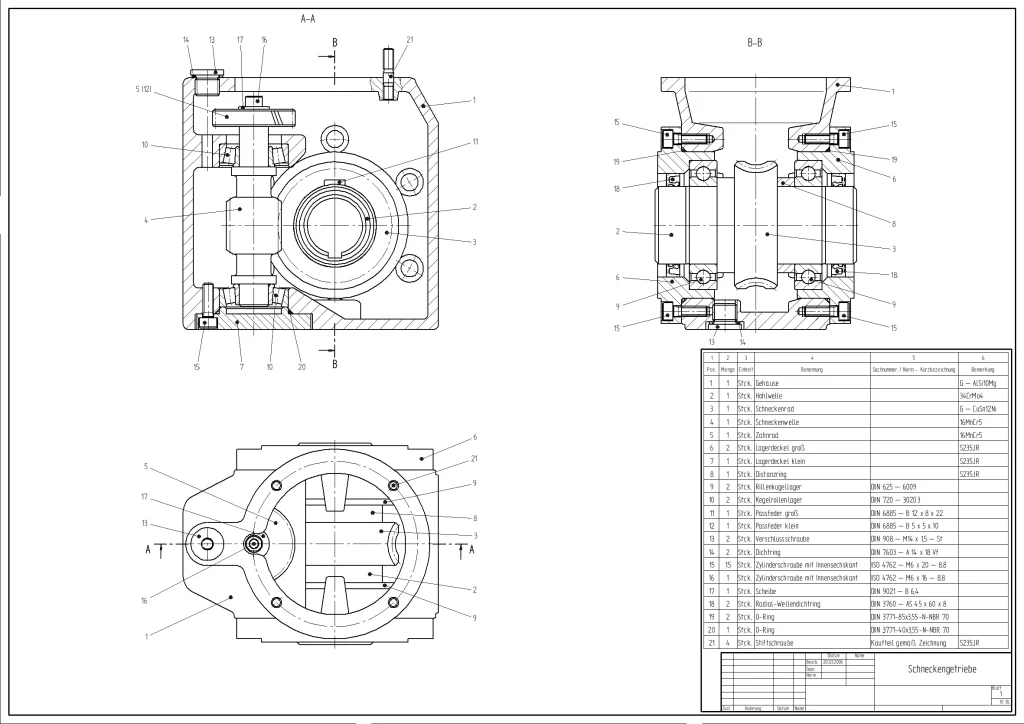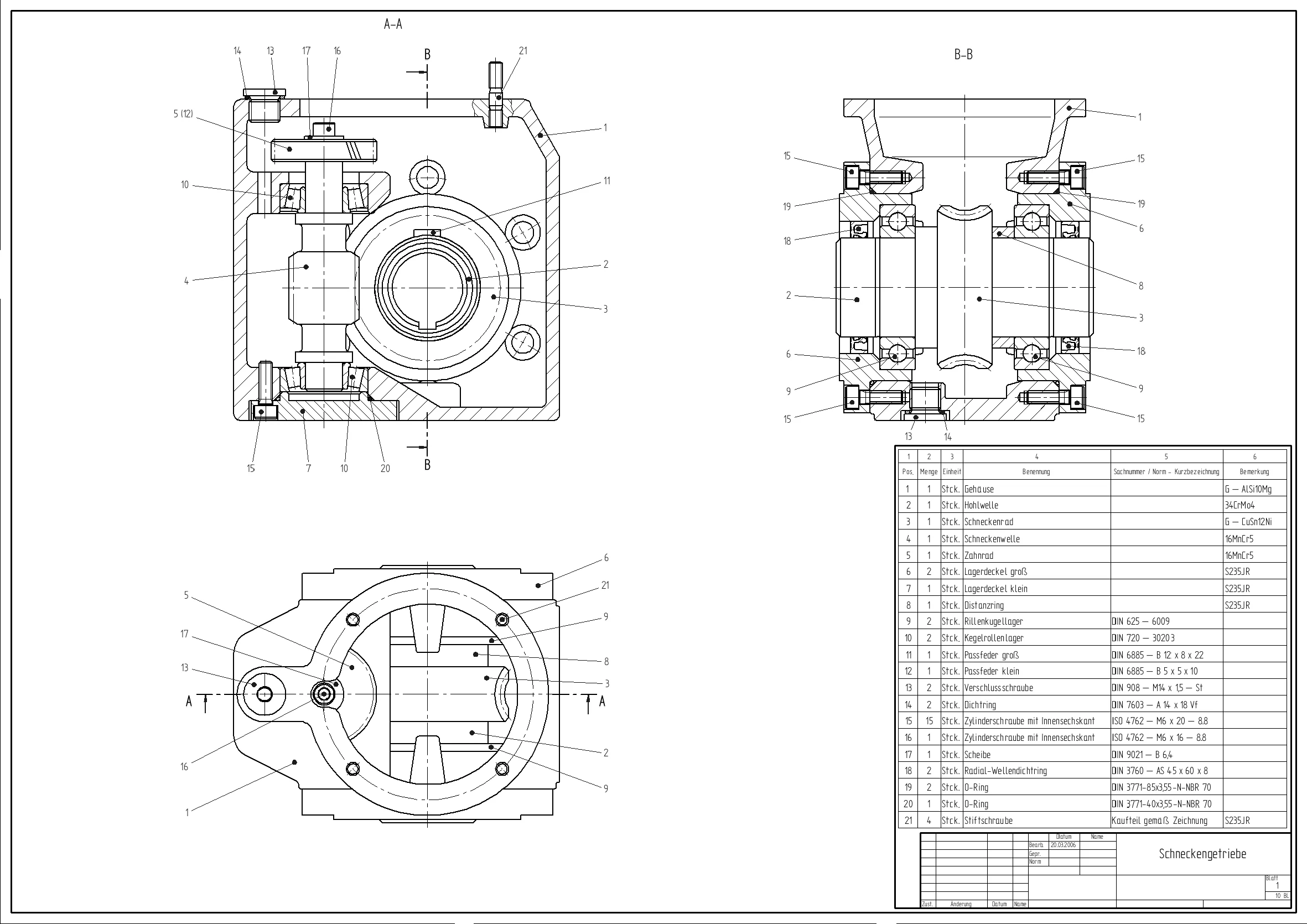
Efficient CAD Data Management: Extract CAD Drawings from PDF to Excel
In the realm of engineering and manufacturing, Computer-Aided Design (CAD) plays a pivotal role in conceptualizing, designing, and producing intricate components and assemblies. CAD drawings, often shared in PDF format to preserve their accuracy and formatting, contain critical information essential for design validation, manufacturing processes, and collaborative project efforts. However, managing and extracting CAD data from PDF files can present significant challenges, hindering efficiency and data utilization. Converting CAD data from PDF to Excel offers a powerful solution that enhances accessibility, analysis capabilities, and overall project collaboration.
Challenges of Handling CAD Data in PDF Format
CAD drawings are meticulously detailed documents that encompass geometric dimensions, part specifications, assembly instructions, and material properties. While PDFs effectively maintain the integrity and visual layout of CAD designs, they pose limitations when it comes to extracting specific data elements, performing geometric analysis, or making detailed modifications. For engineers, designers, and manufacturers, accessing and manipulating CAD data within PDF files can be time-consuming and restrict workflow agility.
Consider a scenario where a manufacturing team needs to review and analyze CAD drawings in PDF format for a new product prototype. Extracting precise dimensions, material specifications, and geometric tolerances manually from these PDFs can be labor-intensive and prone to errors. Converting CAD data to Excel addresses these challenges by providing a structured, editable format that facilitates data extraction, analysis, and seamless integration into engineering workflows.
Benefits of Converting CAD Data to Excel
Enhanced Data Extraction Precision: Excel’s spreadsheet format allows for precise extraction of CAD data elements such as part dimensions, tolerances, and material specifications. By converting CAD drawings from PDF to Excel, engineers can easily extract and organize critical data points, enabling more accurate analysis, simulation, and design optimization.
Facilitated Geometric Analysis: Excel’s computational capabilities and formula tools empower engineers to perform complex geometric analyses directly on CAD data extracted from PDFs. From calculating surface areas and volumes to evaluating component fit and alignment, Excel enables engineers to derive actionable insights and make informed decisions based on CAD geometry and specifications.
Improved Collaboration and Documentation: Excel spreadsheets are inherently more versatile and shareable than PDFs, making them ideal for collaborative engineering projects. By converting CAD data to Excel, teams can annotate, comment, and share design revisions more efficiently, fostering clearer communication and alignment across multidisciplinary teams and stakeholders.
Streamlined Manufacturing Processes: Converting CAD data to Excel streamlines manufacturing processes by providing clear, structured documentation that aligns with production requirements and quality standards. Manufacturers can use Excel to generate bills of materials (BOMs), manage inventory levels, and track component specifications more effectively, minimizing errors and enhancing production efficiency.
Harness the Power of Our Free Tool for CAD Data Extraction
Our PDF to Excel converter is specifically designed to meet the unique needs of engineering and manufacturing professionals seeking to optimize CAD data management. With our tool, you can seamlessly convert CAD drawings from PDF format into editable Excel spreadsheets, preserving data integrity and facilitating advanced data analysis and documentation.
Using our converter is straightforward. Simply upload your CAD drawings in PDF format, and our tool will extract key data elements such as dimensions, annotations, and assembly instructions into a structured Excel format. Our advanced OCR technology ensures high accuracy in data extraction, maintaining the fidelity and precision of your CAD designs throughout the conversion process.
Case Study: Enhancing Design Efficiency
Imagine a mechanical engineering firm tasked with developing a new automotive component. Initially, the team relied on PDF versions of CAD drawings for design validation and manufacturing instructions. However, they encountered challenges when extracting precise part dimensions and conducting geometric analysis for performance simulations.
Upon adopting our PDF to Excel converter, the mechanical engineering team experienced significant improvements in their workflow efficiency. By converting CAD data to Excel, they gained the ability to extract detailed dimensions, evaluate geometric tolerances, and generate comprehensive reports for design optimization. This streamlined their product development cycle, reduced time-to-market, and enhanced overall product quality and performance.
Conclusion
Converting CAD data from PDF to Excel offers numerous advantages, from enhanced data extraction and geometric analysis capabilities to improved collaboration and streamlined manufacturing processes. Our free PDF to Excel converter provides a practical solution for engineering and manufacturing professionals seeking to maximize the value of their CAD data and achieve greater project efficiency. Try our tool today and discover how it can simplify your CAD data management and elevate your engineering workflows to new heights.



